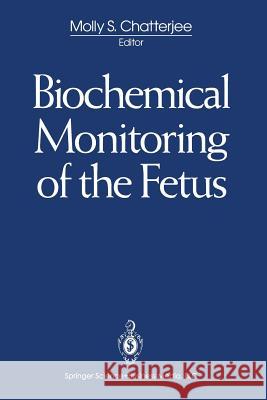Biochemical Monitoring of the Fetus » książka
Biochemical Monitoring of the Fetus
ISBN-13: 9780387978925 / Angielski / Miękka / 1993 / 89 str.
Biochemical monitoring of the fetus has been in the back of every perinatologist's mind. Technological advancements have been made in the last ten years but not to the expected level. A continued interest in the subject can only be maintained by symposiums of this nature where perinatologists from different countries can share their experience. Laserspectroscopy of the fetus is a valuable addition to this volume. The future of biochemical monitoring of the intrapartum fetus depends on the continued collection of scientific data and further technological advances. This successful symposium was held in October, 1990, in Albuquerque, New Mexico, USA. I would like to thank Hewlett Packard for their generous support without which this publication would not have been possible. My sincere thanks goes to my secretary, Nancy Whalen, who has done a tremendous job with the word processing, organization, and layout of the chapters. Molly S. Chatterjee, M. D. Associate Professor University of New Mexico Department of Obstetrics & Gynecology CLINICAL IMPORTANCE OF BIOCHEMICAL MONITORING OF THE FETUS DURING LABOR WITH DEMONSTRATION OF TYPICAL CASES E. SALING, J. BARTNICKI Institute of Perinatal Medicine, Free University of Berlin, Berlin, Germany The biochemical monitoring of the fetus during labor is historically the oldest part of prenatal medicine. The very first direct approach to the human fetus took place on June 21, 1960 when the first blood samples were taken from the fetal scalp in our labor room (3).











